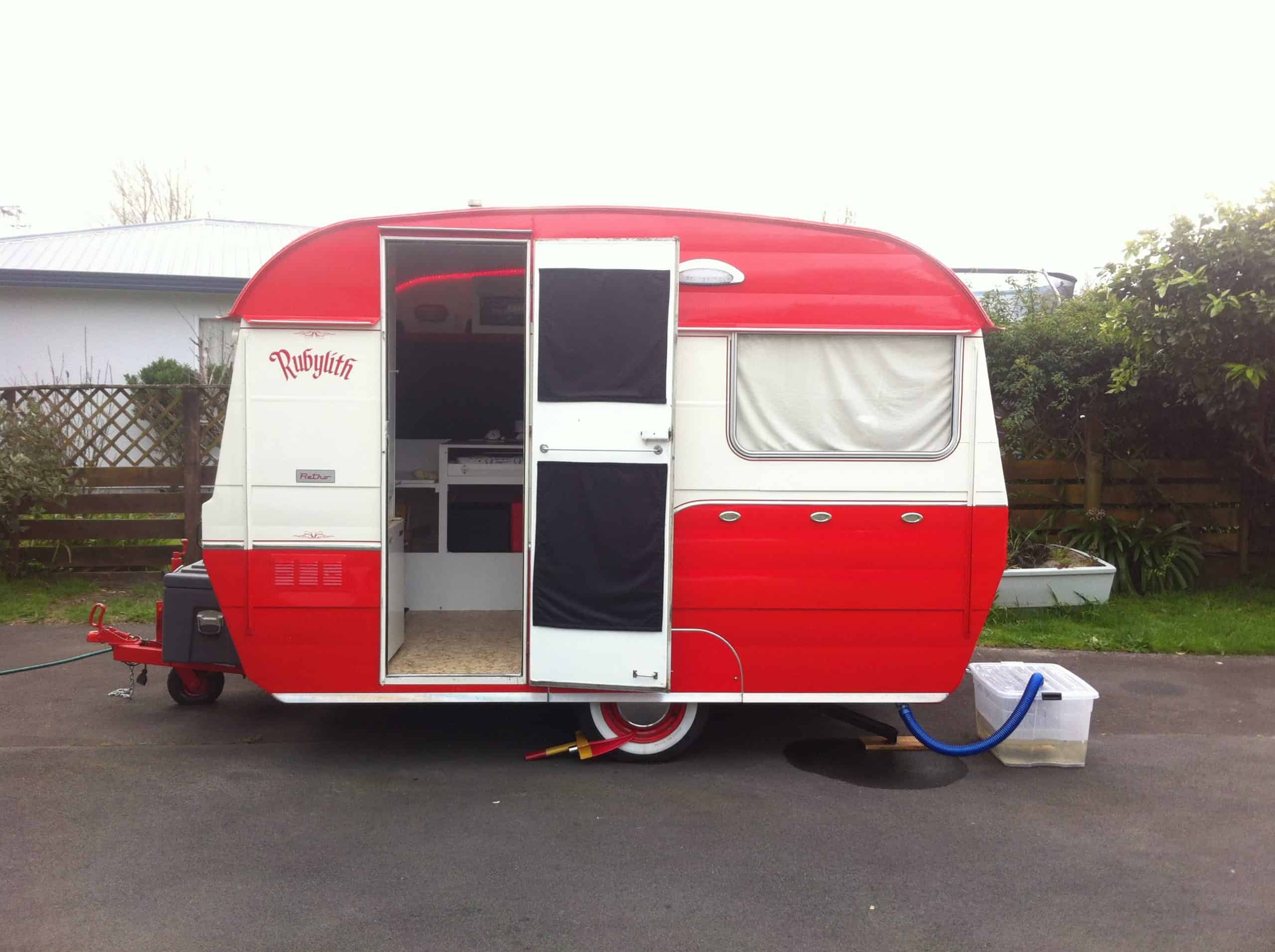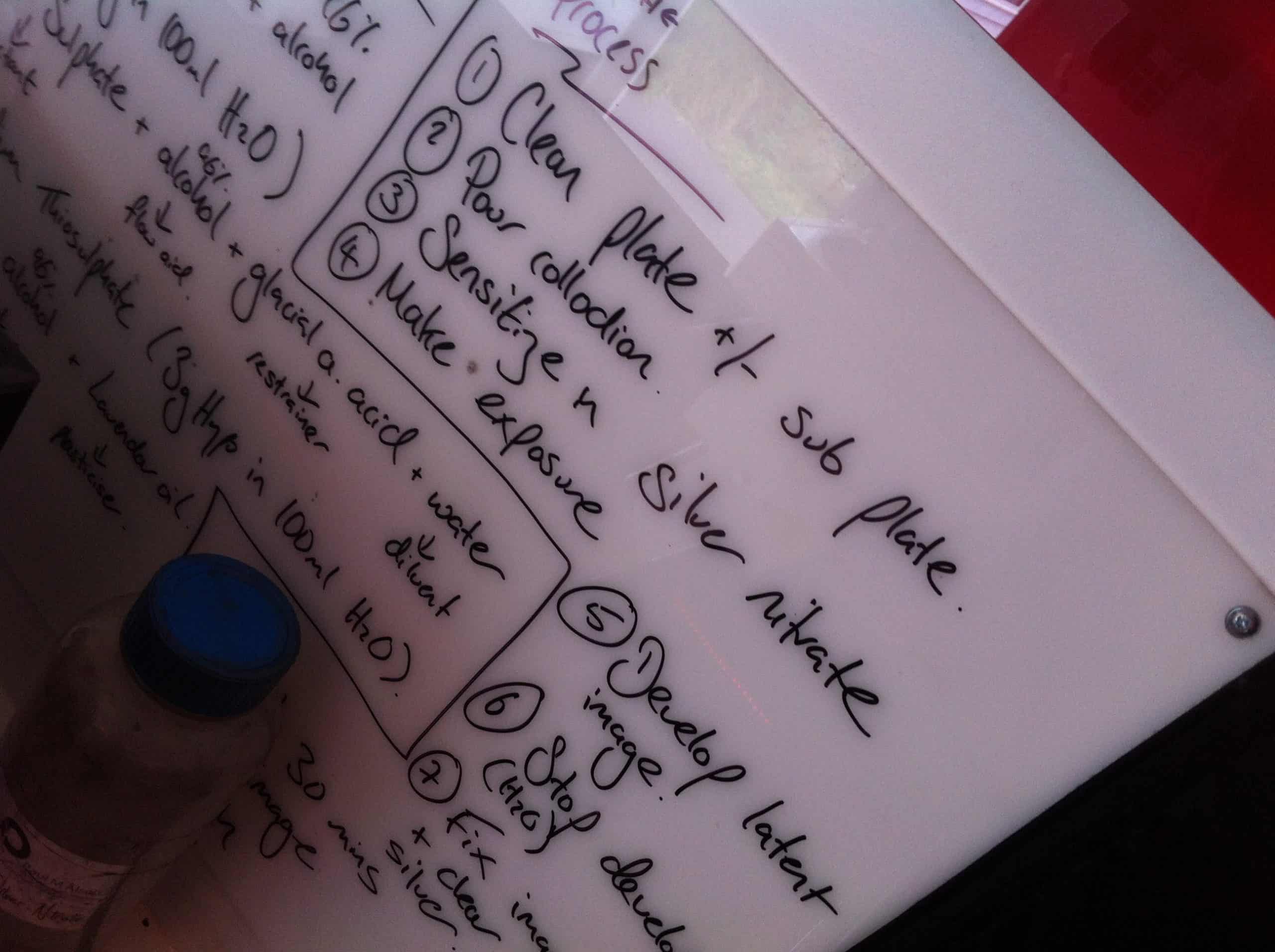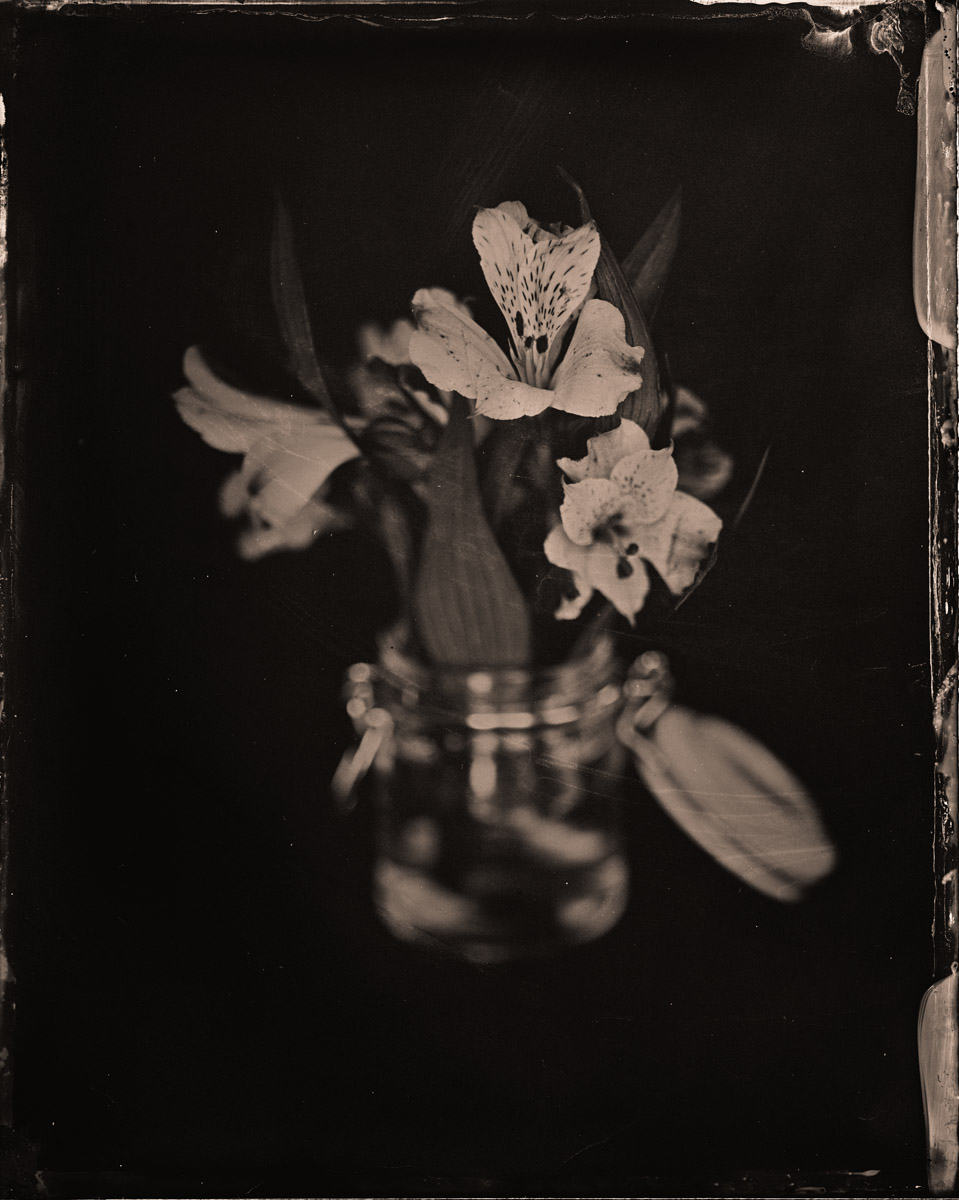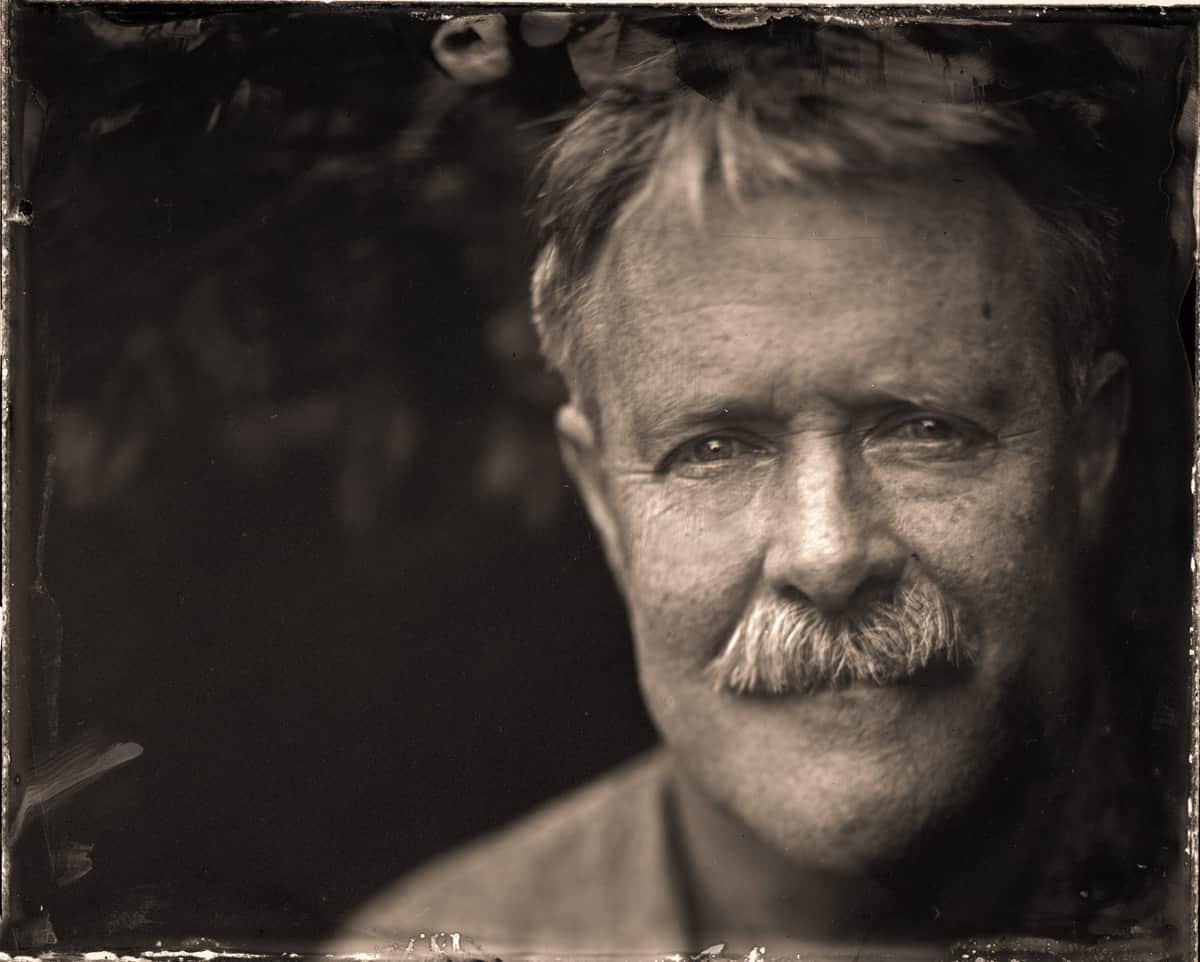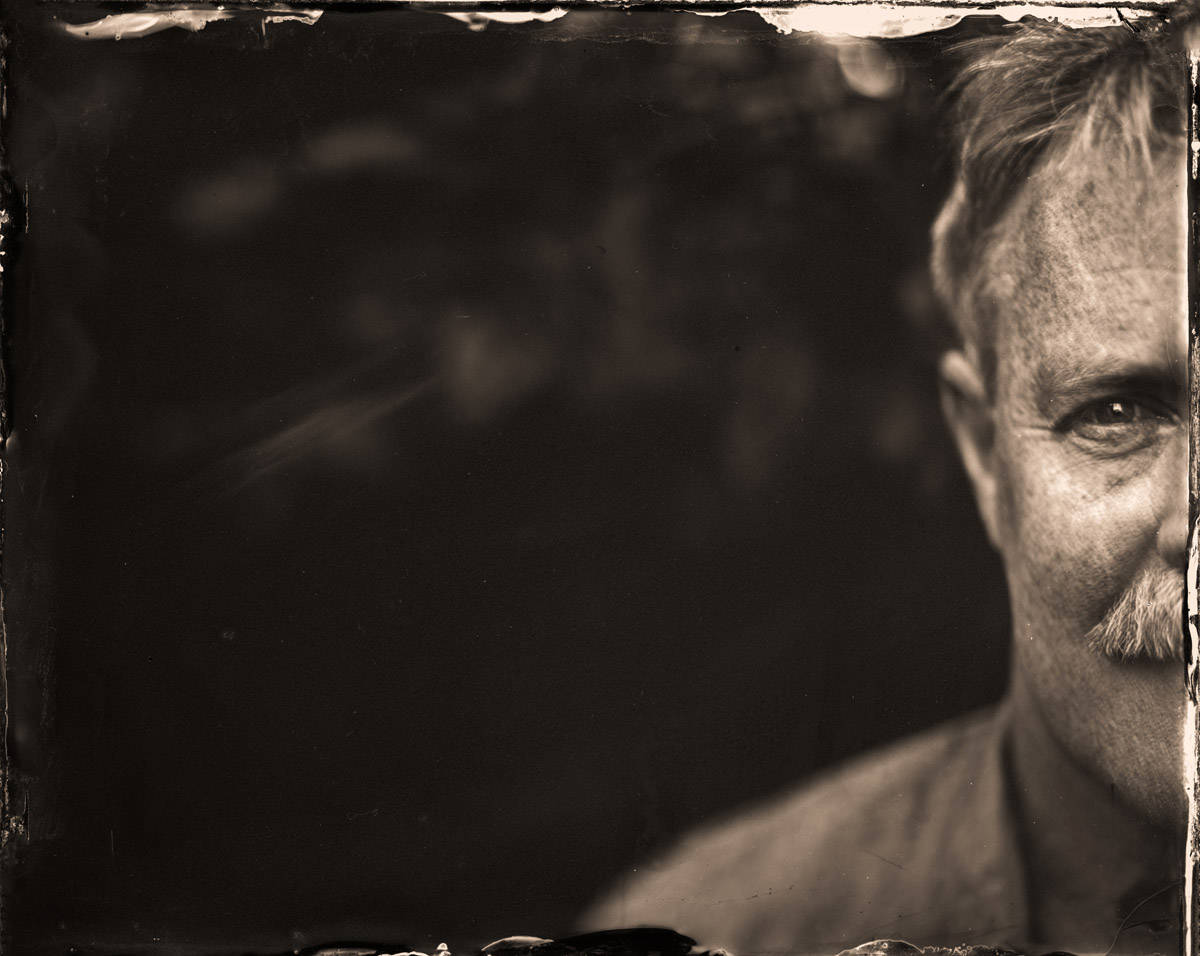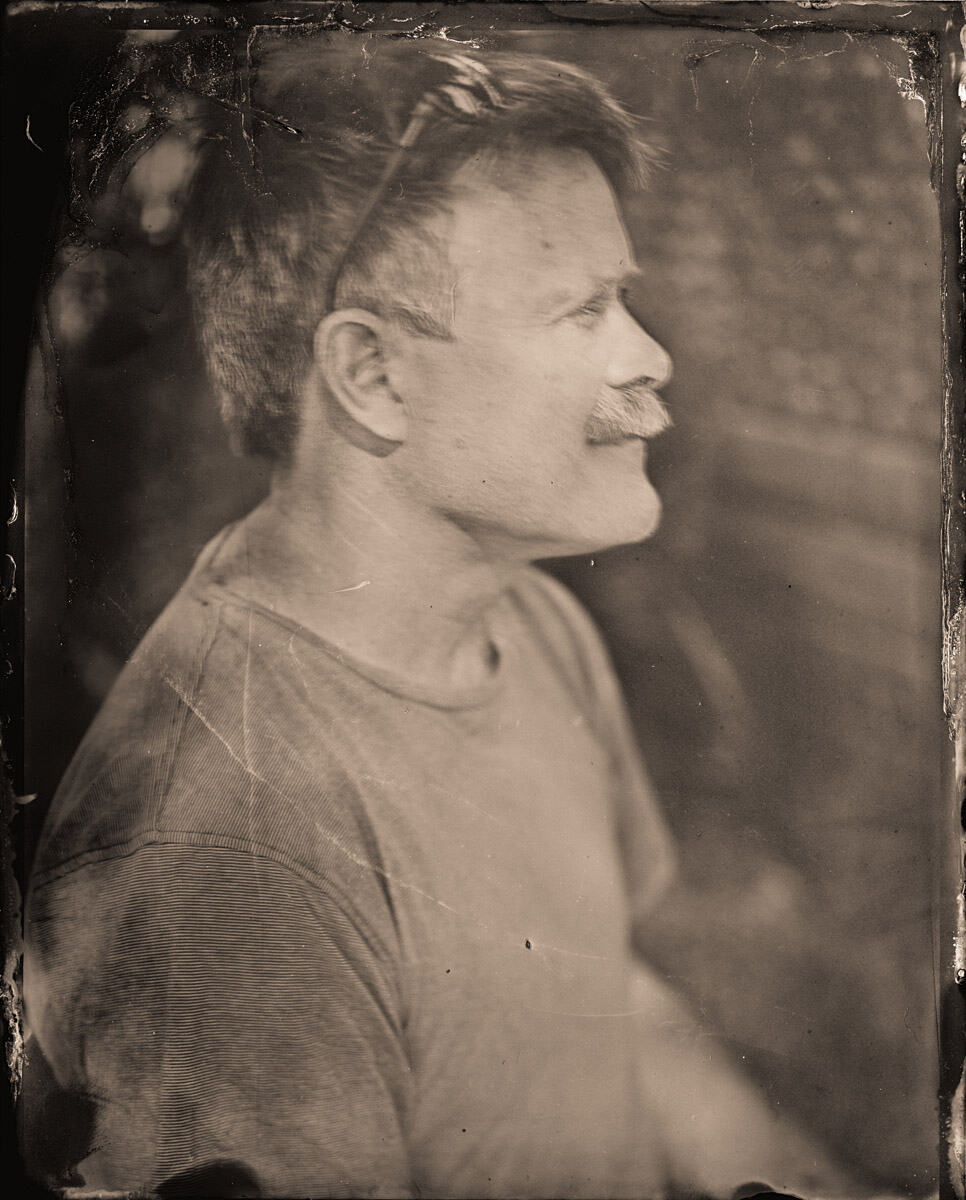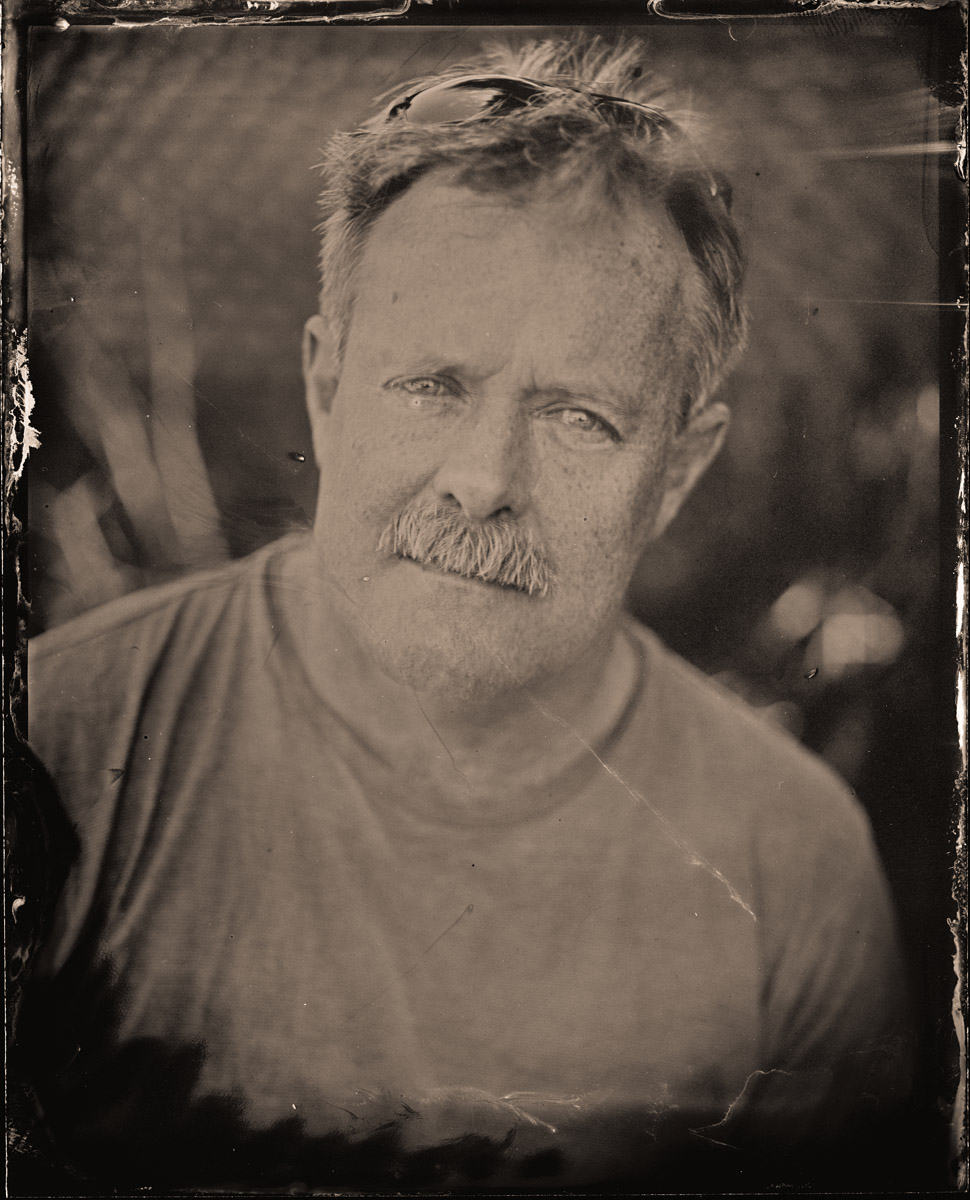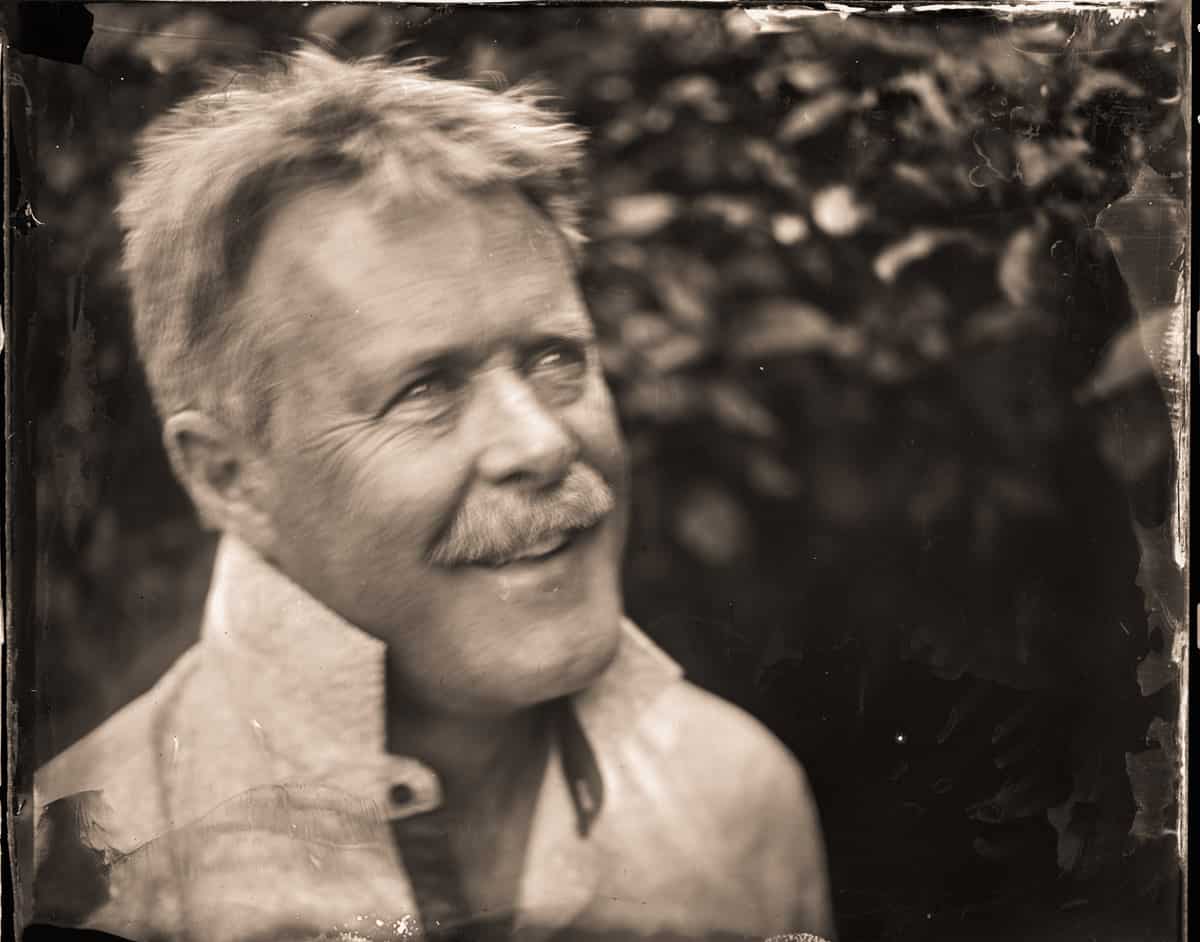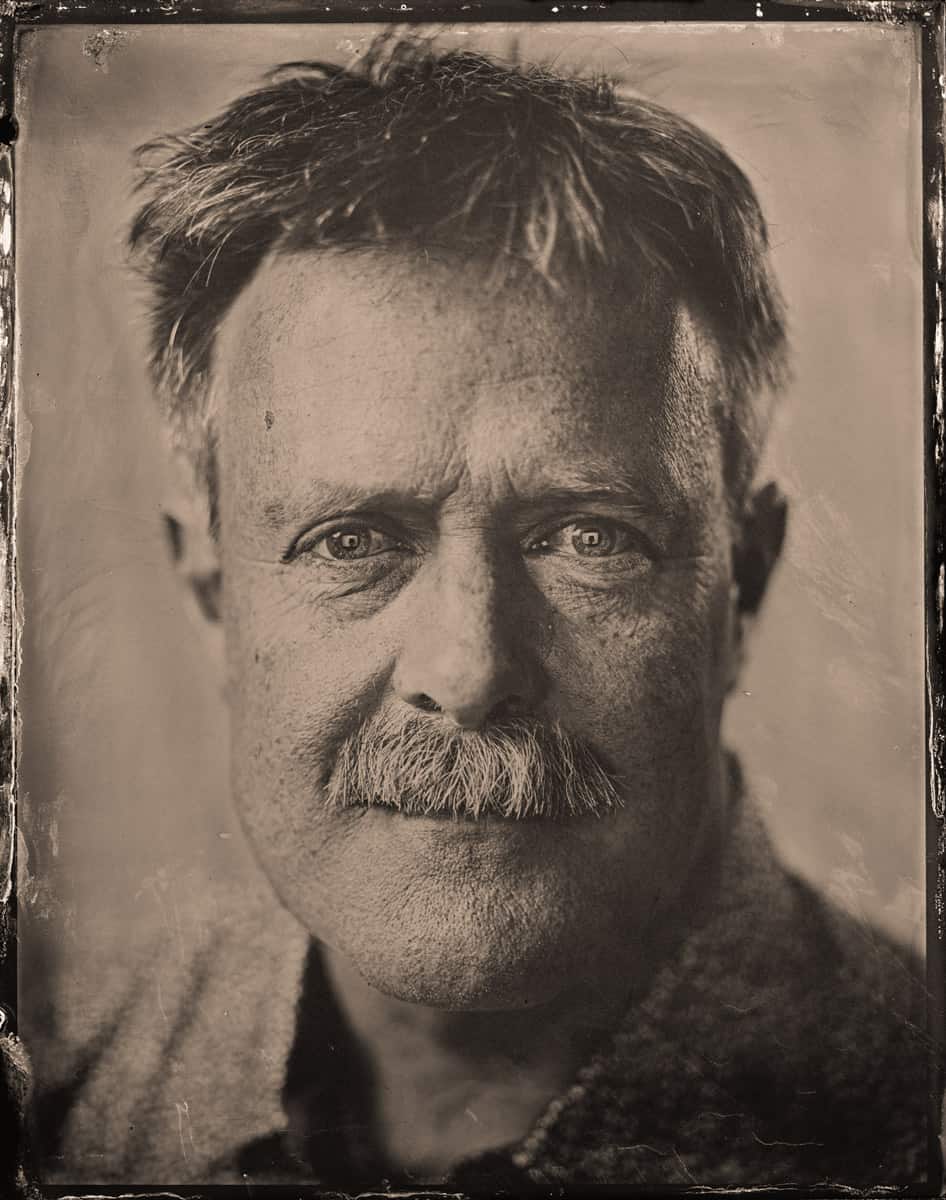Return to Collodian Wet Plate
Well, the weekend before last I was most fortunate to spend a day with Dr Paul Alsop at Papamoa. While Paul works by day as a GP, his keen interest in photography and chemistry has taken him on a very unique journey. So unique, that medicene may soon take a side step so Paul’s photography can shine in it’s own right.
The fascinating part is, Paul specialises in Collodian Wet Plate photography. This process originates from the very inception of our craft, invented by Frederick Scott Archer in the 1850s. This is the sort of photography we see in cartoons, with the guy with a cape over his shoulder hunched over a bulky camera. It is the stuff of the Wild West, and American Civil War. It’s pretty cool!
From Wikipedia
“The collodion process produced a negative image on a transparent support (glass). This was an improvement over the calotype process, invented by William Henry Fox Talbot, which relied on paper negatives, and the earlier daguerreotype, which produced a one-of-a-kind positive image and could not be replicated. The collodion process, thus combined desirable qualities of the calotype process (enabling the photographer to make a theoretically unlimited number of prints from a single negative) and the daguerreotype (creating a sharpness and clarity that could not be achieved with paper negatives). Collodion printing was typically done on albumen paper.
The collodion process had other advantages, especially in comparison with the daguerreotype. It was a relatively inexpensive process. The polishing equipment and fuming equipment needed for the daguerreotype could be dispensed with entirely. The support for the images was glass, which was far less expensive than silver-plated copper, and was more durable than paper negatives. It was also fast for the time, requiring only seconds for exposure”.
In the fast moving era of digital, it is a reassuring sign to see that old techniques are not lost.
Paul is so dedicated, he has transformed a retro caravan into a makeshift darkroom. A very clever chap he is, as his DIY talents are also highly admirable.
The collodian process is a quite a special one, where glass (or tin) has a collodial chemical solution applied to one surface (a mix of volatile ether, alcohol and gun cotton), before being made light sensitive by dipping into a silver halide bath. Those plates have first been meticulously prepared by sizing, buffering the edges so not to be sharp, & cleaned perfectly. We also added a thin edge of egg albumen to assist the collodial solution to bond at the end of the development process. Dipping in silver halide is a darkroom process, and plates are then loaded wet into a large format camera back. In our case this was a 4×5 holder. This plate is then exposed in a large format bellows camera, and subsequently returned to the darkroom. It is then developed by another chemical solution, washed, and fixed (much as the same process as film in the more recent ‘olden days’!). The plates are then dried carefully, and later varnished to shield the brittle emulsion.
In all, the bulk of the process needs to be fairly quick, and occur within the confines of a darkroom. That is where Paul’s caravan gives him the perfect base to operate anywhere, anytime.
It is a funny thing – the rough edges of photos taken this way often look like they have succumbed to the ravages of time. The reality is, the artefacting and edging is as much part of the process, and has always been present from the time of processing. Similarly, the nature of the chemistry and its interaction with different wavelengths of light, renders blue eyes (like mine) quite ghostly. The large format camera also captures immense detail, yet with an incredibly narrow depth of field at wide apertures. Combined with the swing / shift of the front lens element, the depth of field effects and incredible detail are seldom replicated in modern dSLR cameras.
Incredibly, the effective ISO of the wet collodian emulsion is 0.5. That’s half an ISO!! The corresponding shutter speed in open shade outdoors was 4-5 seconds. Goodness, I was shooting a low light function last week at 6400 ISO!
More about Paul and his work can be found here:
http://www.paulalsop.com/latest

